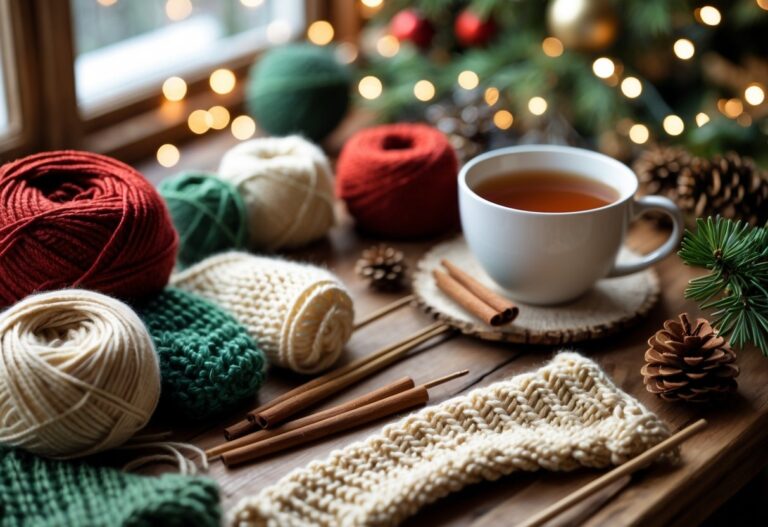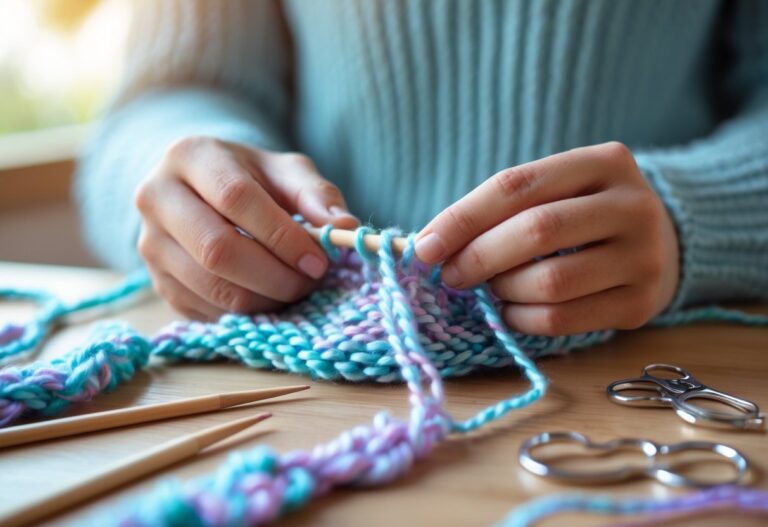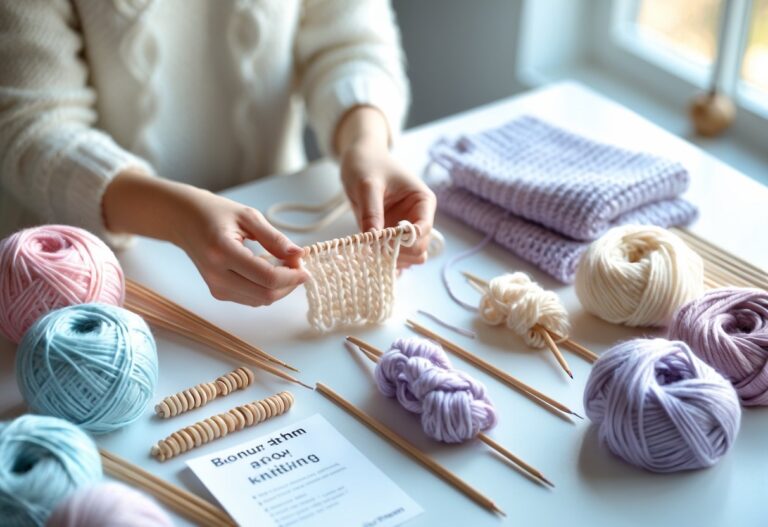Knitting isn’t just a craft. It does something pretty remarkable to your brain.
The repetitive motion you get from knitting can pull you into a calm, focused state, dialing down stress and nudging you toward mindfulness. All that repetition? It actually encourages your brain to rewire, boosting cognitive function and giving your mood a lift.

Every time you repeat the same stitch, your brain finds comfort in the predictability. It’s relaxing, but you’re not zoning out either.
This balance is what makes knitting a bit special for mental health—it’s physical, it’s mental, and it’s oddly soothing. The rhythm is meditative, but let’s not forget the mental challenge that comes with learning new stitches or following a tricky pattern.
Knitting gets both sides of your brain in on the action. You’re activating creativity, coordination, and even a bit of problem-solving.
Whether you’re knitting solo or with a group, it gives your brain a workout that keeps it flexible and resilient over time.
How Repetition in Knitting Heals the Brain
Knitting’s simple, repeated motions run deeper than you might expect. They strengthen neural connections, shift your attention away from negativity, and help you focus.
All these effects seem to create a kind of mental balance that’s tough to get from just sitting still.
Neural Pathways and Brain Plasticity
Every time your fingers move in that familiar pattern, your brain fires up, making and strengthening neural pathways—those connections between neurons.
Regular knitting actually boosts your brain’s ability to adapt, or what the experts call brain plasticity. The more you practice, the more your brain builds new connections, which can help keep you sharp.
It’s not just one side of your brain, either. Knitting makes both hemispheres talk to each other, which is great for coordination and overall brain health.
Replacing Negative Ruminations with Positive Focus
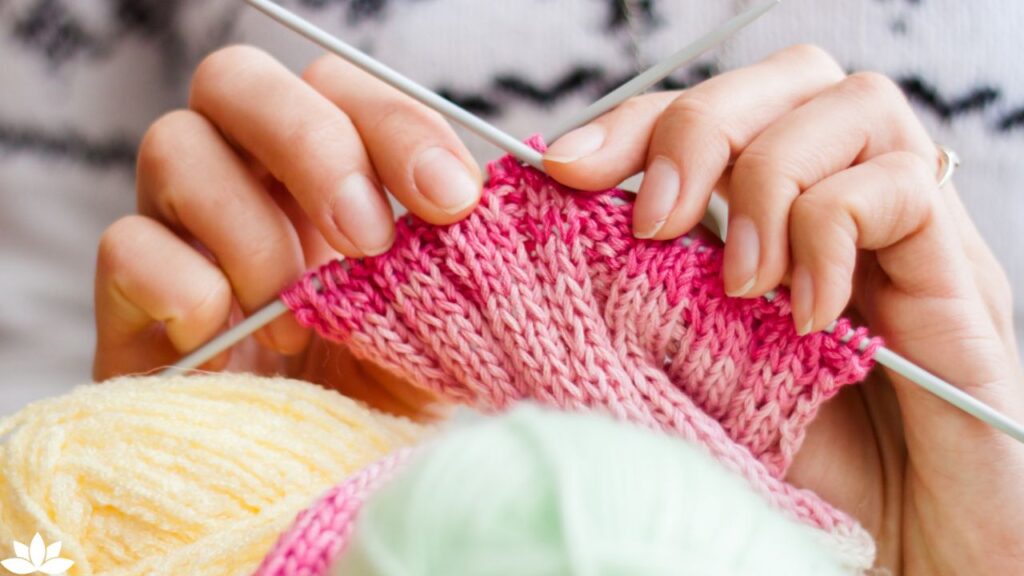
One of knitting’s hidden talents? It can pull your mind away from anxious or negative thoughts.
When you’re locked in on the rhythm of the needles, there’s just less space for worries to creep in. It’s a bit like a mental reset—your brain gets a break from harmful thought loops.
Honestly, that’s probably why so many people find knitting helps with chronic pain or stress. You’re giving your mind something productive to chew on, and the negative stuff just fades into the background.
Mindfulness and Emotional Balance
The repetitive movements in knitting can nudge you into a state of mindfulness, where you’re really present and tuned in. That meditative effect? It’s real—it can help calm your nervous system.
Knitting actually taps into your parasympathetic nervous system, slowing your heart rate and relaxing your body. It’s kind of wild.
There’s something about being totally engaged in the moment, without distractions, that brings a sense of emotional balance. Over time, that focused calm can make a real difference in your mood and tension levels.
The Role of Attention Span in Cognitive Healing
Knitting isn’t mindless—you’ve got to pay attention to patterns, stitch counts, and little movements. That focus strengthens your attention span, which is crucial for brain health.
Longer, more focused attention helps your brain process information better. It can even protect against some of the cognitive decline that creeps in with age.
By keeping your mind busy with knitting, you’re basically giving your brain a workout in concentration and planning. That mental exercise helps with resilience, and honestly, who couldn’t use a bit more of that?
Crafting, Creativity, and Brain Health Beyond Knitting
Creative crafts like knitting and crochet aren’t just about making pretty things. They light up different parts of your brain, improve your motor skills, and can even strengthen social bonds.
There’s something about working with your hands that just feels good for your mind, too.
Comparing Knitting, Crochet, and Other Creative Crafts
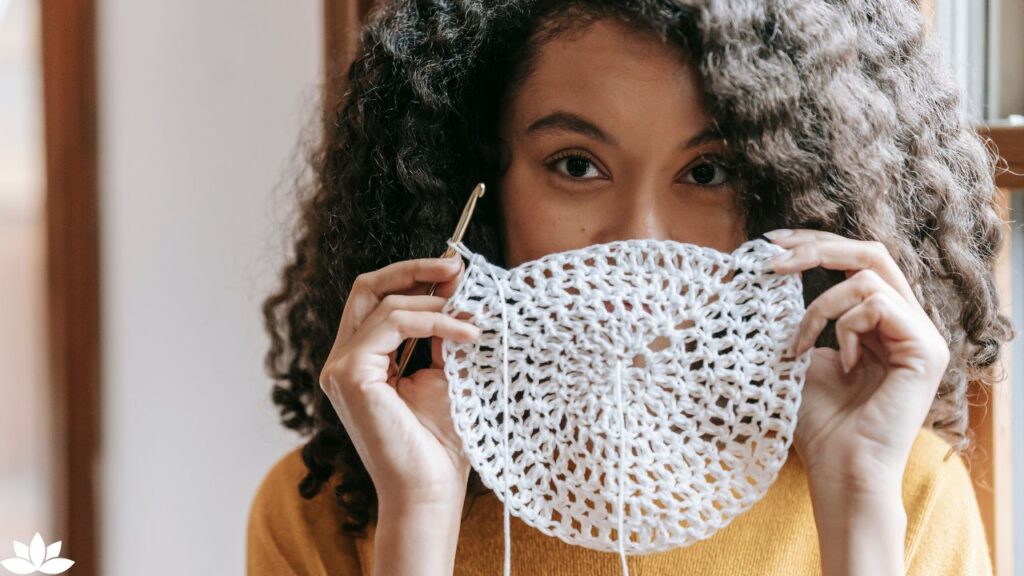
Both knitting and crochet use repetitive hand movements, which can calm your mind and sharpen your fine motor skills. Knitting uses two needles for denser stitches, while crochet’s one hook offers more texture variety.
Either way, you’re building new neural pathways by coordinating your hands and eyes. Other crafts—like painting or woodworking—stimulate your brain differently. Woodworking leans on planning and spatial reasoning, while painting taps into visual creativity.
It really comes down to what you’re looking for. Some crafts are more tactile, others more visual—pick your poison, so to speak.
Cognitive Benefits of Learning New Knitting Patterns
Learning new knitting patterns is a real brain workout. You’re remembering sequences, solving problems, and flexing your memory muscles.
That kind of mental exercise supports brain plasticity—your brain’s ability to adapt and grow. Trying new patterns keeps things interesting, fights off boredom, and can help slow down cognitive decline.
Plus, you’re working on attention to detail and fine motor control. Following complex instructions might feel tricky at first, but it pays off in the long run, especially as you get older.
In the end, knitting is more than just a relaxing hobby. It’s a surprisingly powerful tool for keeping your brain healthy, your mood balanced, and your hands busy. Maybe that’s why so many people keep coming back to it—there’s just something quietly healing about the rhythm of those stitches.
Social, Physical, and Long-Term Wellness Effects
Crafting often brings people together. It can help reduce loneliness and even boost your mood just by getting you to interact with others.
Joining a crafting group or class? That’s a great way to find emotional support. Plus, it nudges you to practice your communication skills without feeling forced.
On the physical side, knitting and crochet keep your hands moving. This kind of activity actually helps maintain finger flexibility and coordination, which is more important than you might think.
The repetitive motions can have a calming effect on your nervous system. It’s almost meditative, honestly.
Stick with it over time, and these small benefits start to add up. People have even noticed improvements in mental health and a lower risk of memory loss.
So, maybe picking up some yarn and needles is worth a shot. Who knew crafting could quietly support your well-being in so many ways?

